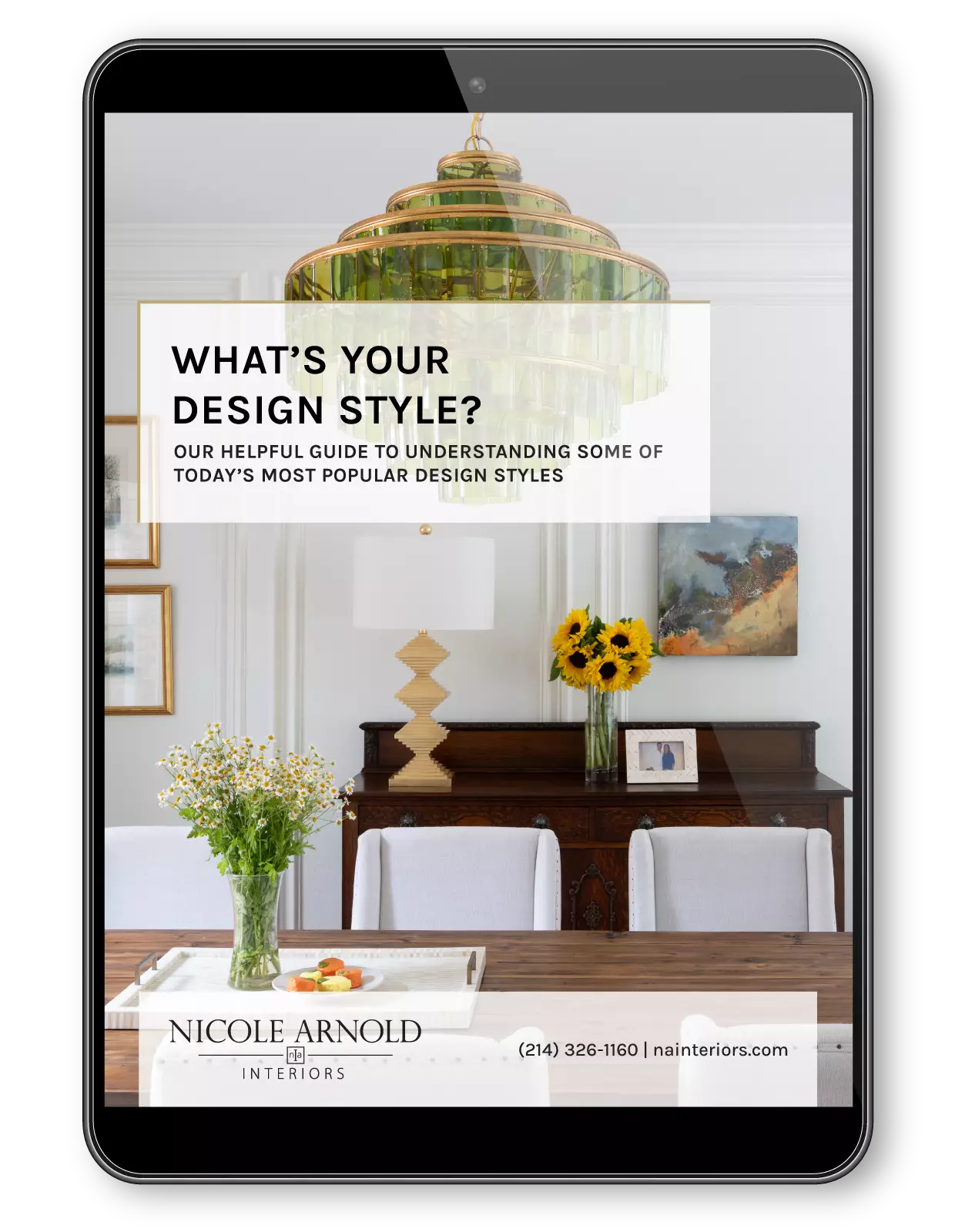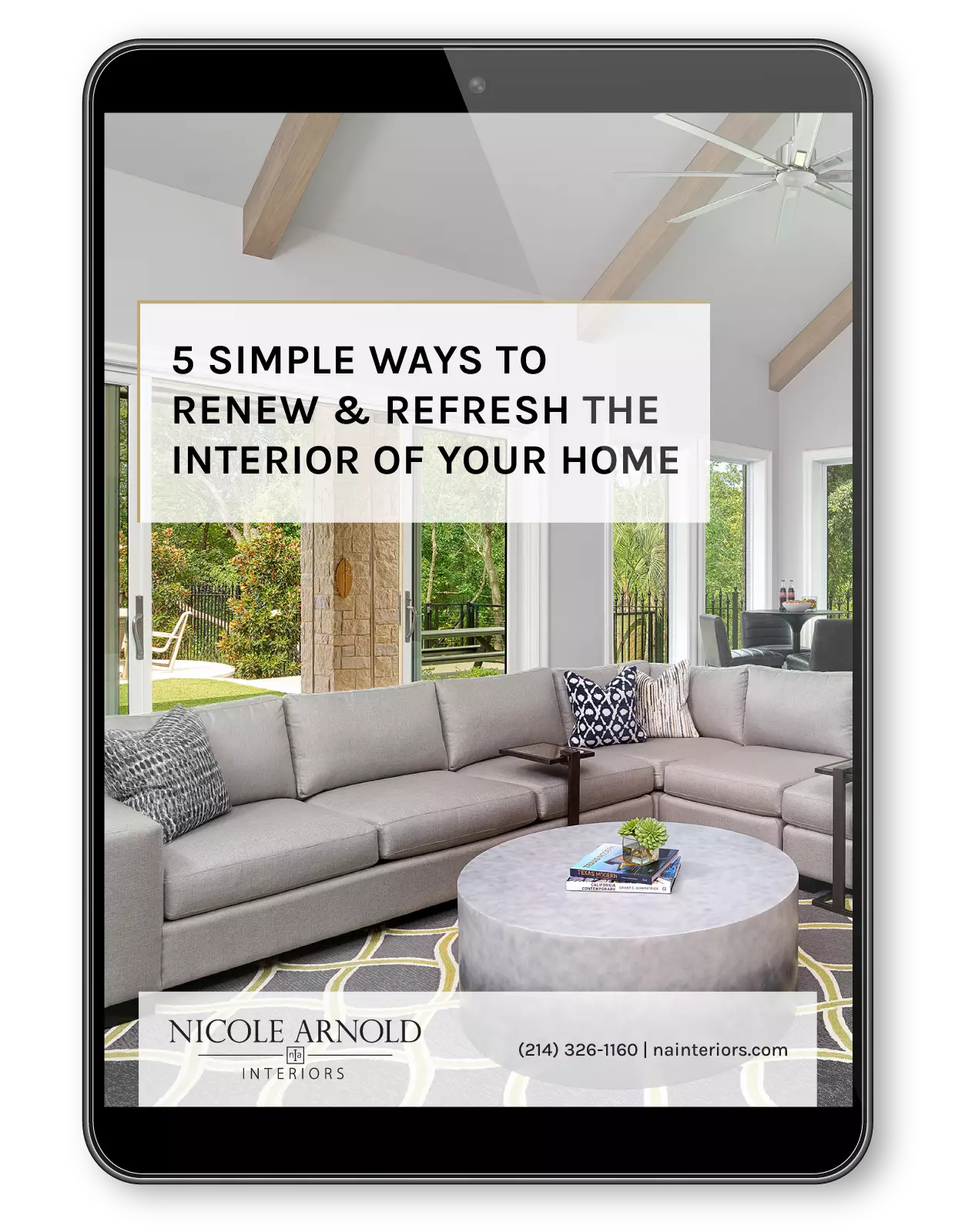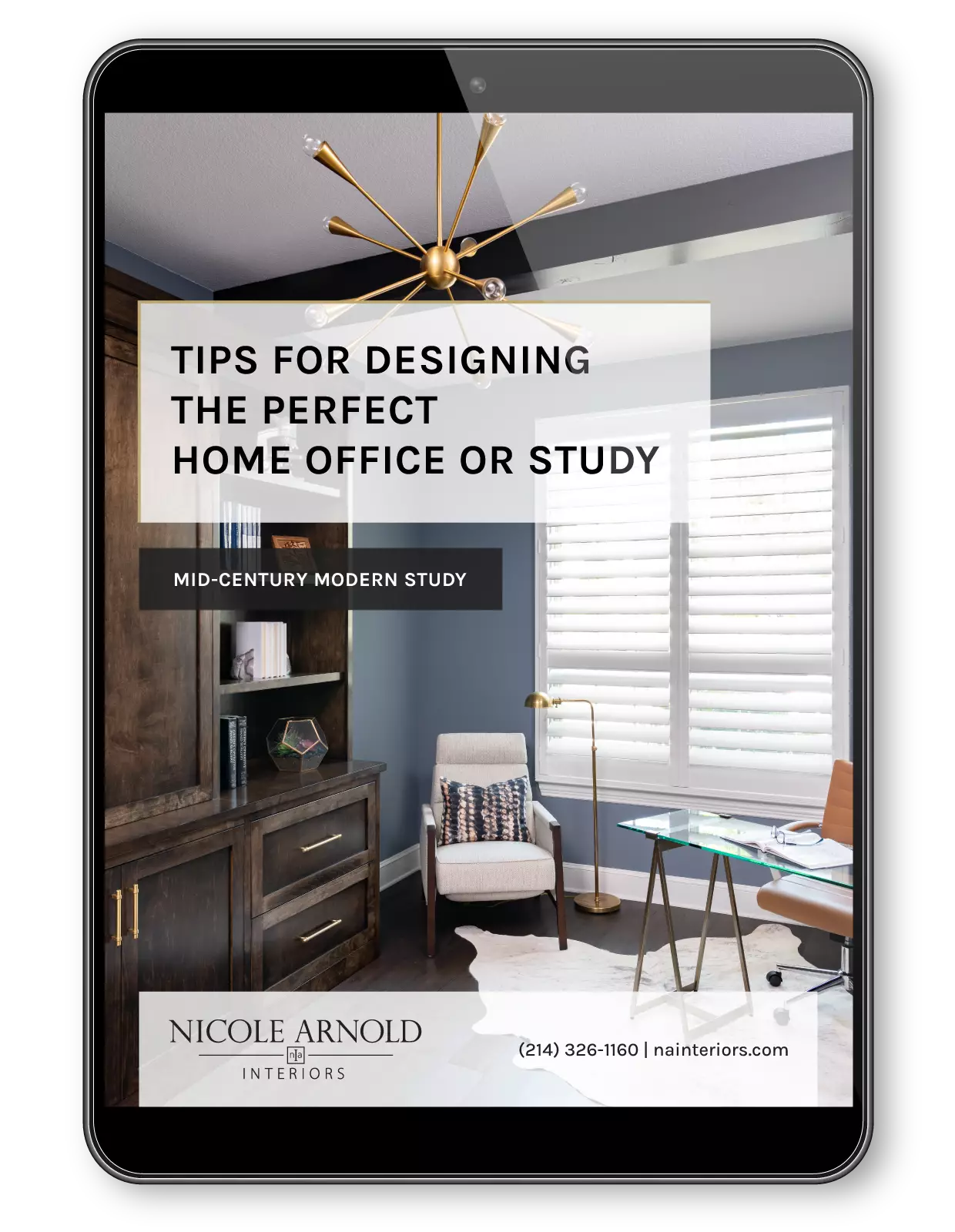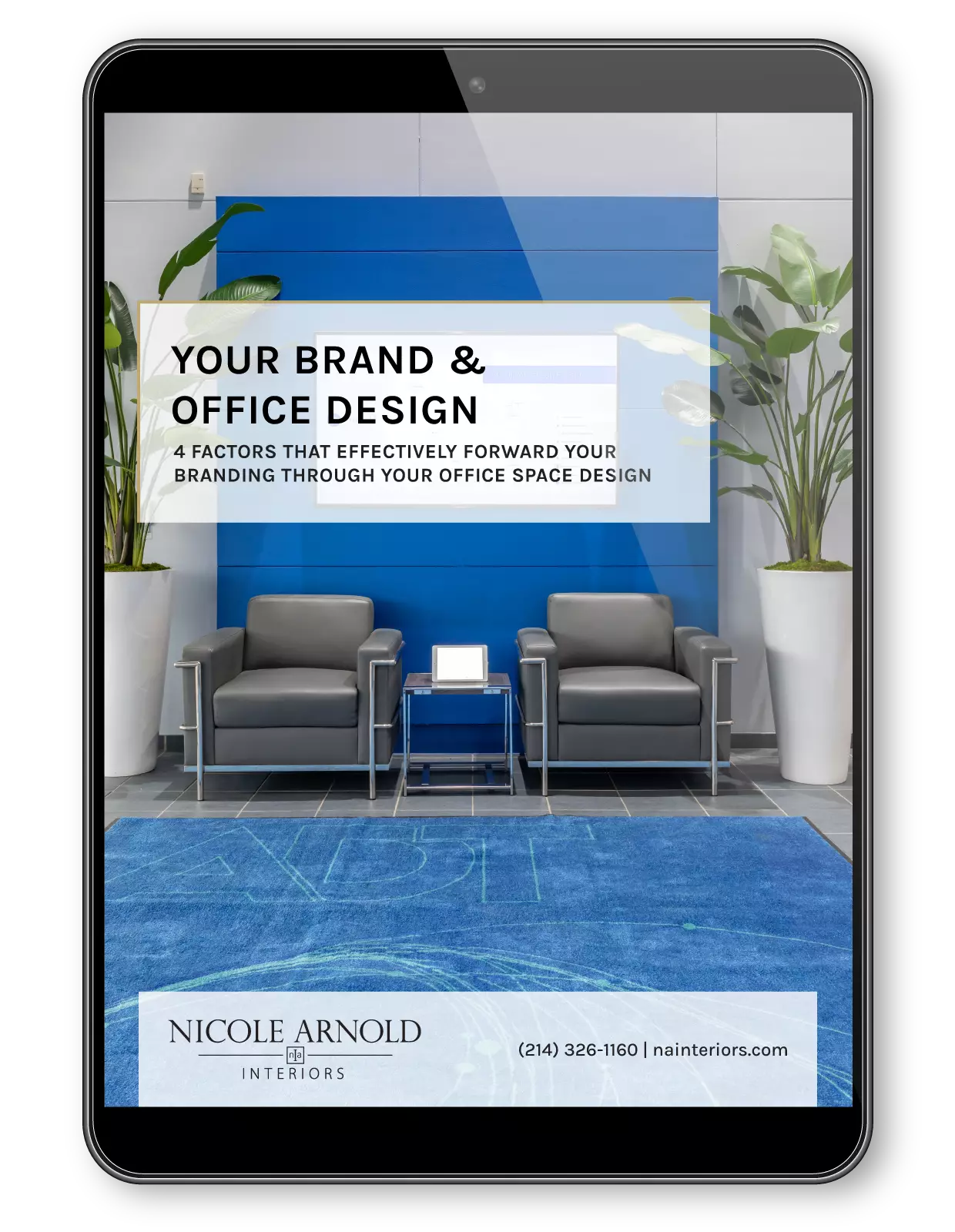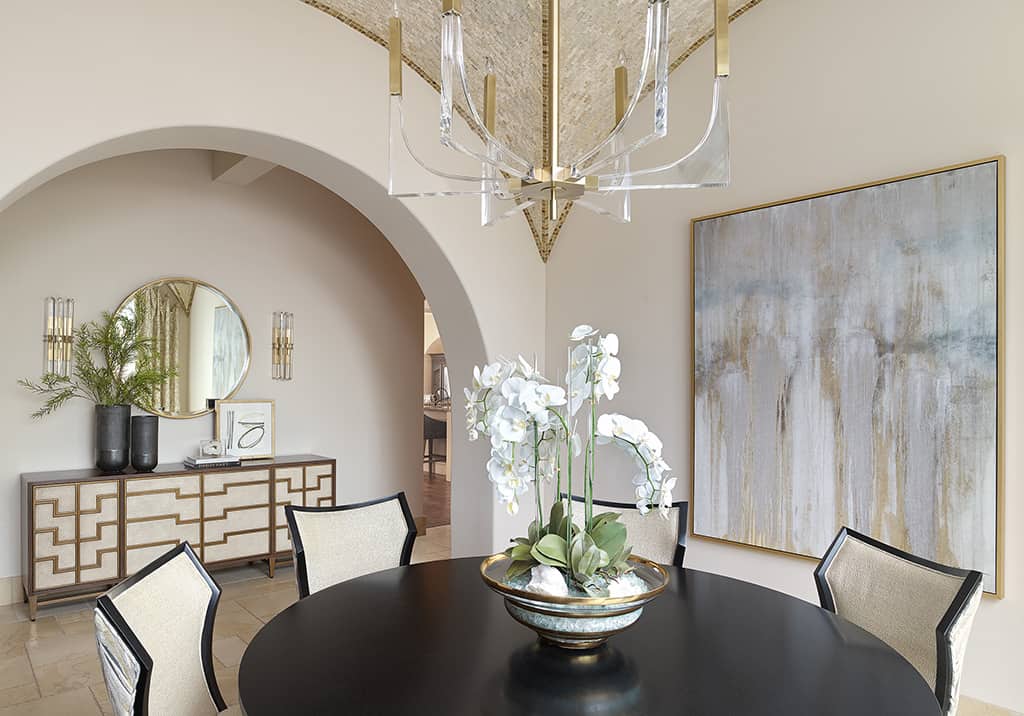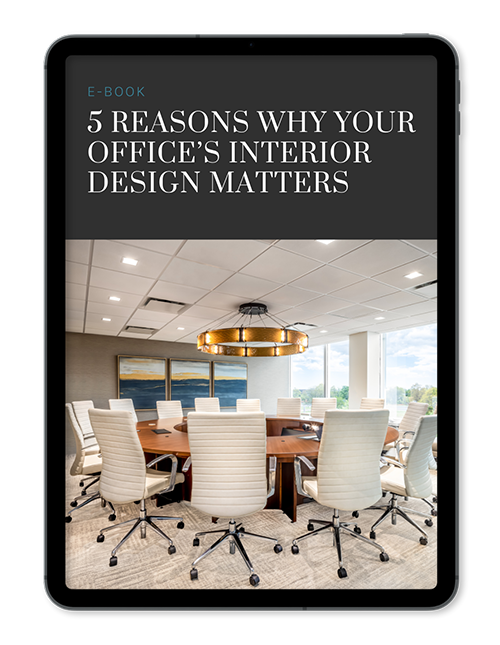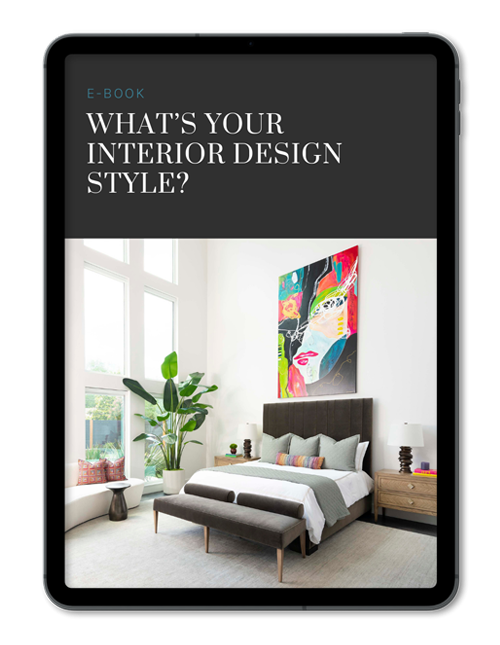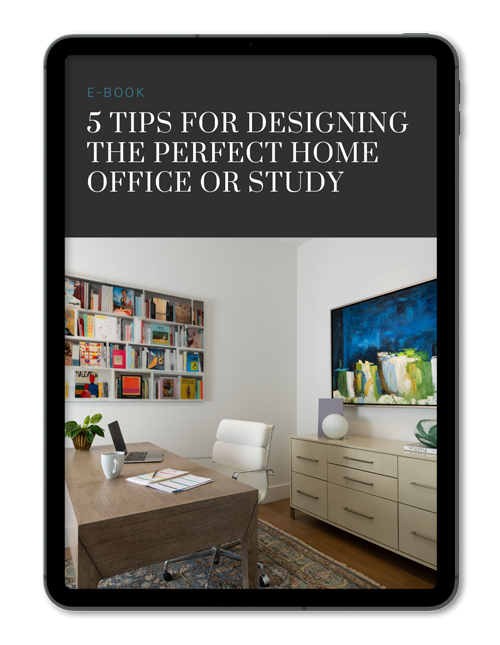Incorporating branding into your office interiors is essential for creating a space that truly reflects your company’s identity. It’s not just about aesthetics; it’s about aligning your environment with your brand values. By thoughtfully designing distinct areas for staff and clients, you reinforce your narrative and enhance experiences. From color schemes to layout, every detail matters.
To ensure that each design element speaks to who you are, consider the benefits of professional interior design. Engaging a firm like Nicole Arnold Interiors can provide tailored solutions that perfectly capture your brand’s essence. Their expertise can help you navigate the complexities of design while ensuring that the final outcome aligns with your vision.
So, how do you guarantee that your office space embodies your brand? Let’s explore the key components that can make a difference.
Defining Your Brand Values
Defining your brand values is essential for creating a strong identity that resonates with both employees and customers. Start by establishing a clear brand identity that reflects your company values, mission, and vision.
Think about the emotional impact you want to create, both for employees and clients. Identify five descriptive words that encapsulate your brand’s essence, ensuring they align with your overall business strategy.
Your brand narrative should highlight how your business positively contributes to the community. These values can greatly influence your office space design; integrating design elements that reflect your brand identity helps reinforce the desired associations customers should have with your brand, enhancing pride and belonging among your employees while creating a cohesive experience for clients.
Creating Distinct Staff and Client Areas
Creating distinct staff and client areas in your office isn’t just about aesthetics; it’s an opportunity to enhance the overall branding experience for both groups. By distinguishing these spaces, you cater to the unique perspectives of clients who visit and your employees.
Client-facing areas, like reception, should showcase branding elements—logos and color schemes—that project professionalism and make a strong first impression. In contrast, staff areas, such as break rooms and workstations, should reflect your company culture and values, promoting employee well-being and fostering pride within your team.
Thoughtful office design, including artwork and signage, can reinforce branding in both distinct staff and client areas, creating coherent environments that serve their unique purposes effectively.
Emphasizing Key Touchpoints in Design
When designing your office, consider that key touchpoints play an essential role in shaping both client and employee experiences. Your reception area, for instance, should prominently feature branding elements like your company logo and color scheme to create an inviting atmosphere.
Employee-centric spaces, such as break rooms and collaboration zones, can reinforce company culture and core values, enhancing staff engagement and pride in their work. Additionally, strategic branding in high-traffic areas, like hallways and meeting rooms, can narrate your brand story through wall graphics and displays.
However, maintain a balance in your branding efforts; over-branding might overwhelm, while under-branding could dilute your identity. Regularly assess these key touchpoints to keep your branding relevant and cohesive throughout the workspace.
Showcasing Your Products
To effectively showcase your products within your office space, consider incorporating dedicated display areas that not only highlight your core offerings but also engage both employees and clients.
Use central hubs or designated spaces for product demonstrations, allowing everyone to interact directly with what you offer. Incorporate high-quality materials and stylish fixtures for your product displays to enhance the overall office design, reinforcing your brand identity.
Position these displays in key touchpoints, like reception areas, to leave a lasting impression on visitors. Use vibrant graphics and well-designed presentations to create an impactful visual narrative that defines your business’s essence.
Ultimately, these strategies will foster employee engagement while showcasing your products in a memorable way.
Selecting an Appropriate Color Scheme
How can the right color scheme transform your office environment and reflect your brand’s identity? By carefully selecting a color palette that aligns with your brand values, you create an office interior that resonates with both employees and visitors.
Research shows that colors can influence mood and productivity; for instance, calming blues can enhance focus, while energizing yellows may spark creativity. Use bright colors in collaborative spaces to inspire teamwork, and softer tones in quiet areas to foster relaxation.
Avoid overly intense hues in high-pressure zones, opting instead for subtle shades that maintain professionalism. Incorporating natural light and elements like plants can further enhance your chosen color scheme, promoting overall well-being and satisfaction in the workplace.
Aligning Layout With Brand Functionality
Aligning your office layout with your brand’s functionality is essential for creating an environment that not only reflects your identity but also enhances productivity.
Consider how your company’s brand identity influences the office layout; for instance, innovation-driven companies benefit from open spaces that encourage collaboration, while law firms require private areas for confidentiality.
Effective space planning groups similar functions together, such as placing meeting rooms near common areas to boost communication. Embrace flexible design concepts, like movable furniture, to adapt to changing work styles.
Incorporating key branding touchpoints, such as a branded reception area, strengthens interior branding and leaves a lasting impression on clients.
Ultimately, your layout should embody what your brand stands for, seamlessly integrating functionality and identity.
Integrating Technology and Innovation
As you rethink your office interiors, integrating technology and innovation becomes an essential step in creating a dynamic workspace that enhances productivity and reflects your brand’s values.
By incorporating smart office solutions like automated lighting and temperature control, you align your design with sustainability and efficiency. Collaboration technologies, such as interactive whiteboards and video conferencing systems, foster teamwork and encourage innovation among employees.
Additionally, consider using integrated sound systems and acoustic panels to create focused work areas while promoting interaction in open spaces.
Finally, ergonomic furniture, like sit-stand desks with built-in power outlets, not only boosts employee well-being but also showcases your commitment to health and productivity.
Embracing technology transforms your work environment, making it a true reflection of your brand.
Enhancing Employee Engagement Through Design
When you create an office environment that reflects your brand’s identity, you not only enhance the aesthetic appeal but also greatly boost employee engagement.
Thoughtful office designs that incorporate elements like natural light and vibrant colors cultivate a sense of belonging among employees, aligning with your brand’s values. By engaging employees in the design process—such as through feedback or naming contests—you strengthen their connection to the brand.
Additionally, providing social spaces like communal kitchens fosters teamwork and communication, reinforcing a cohesive brand culture. Integrating biophilic design further enhances this atmosphere, creating uplifting environments that improve morale and productivity.
Consistent exposure to brand visuals encourages employees to embody your company’s mission, ultimately enriching their work experience.


